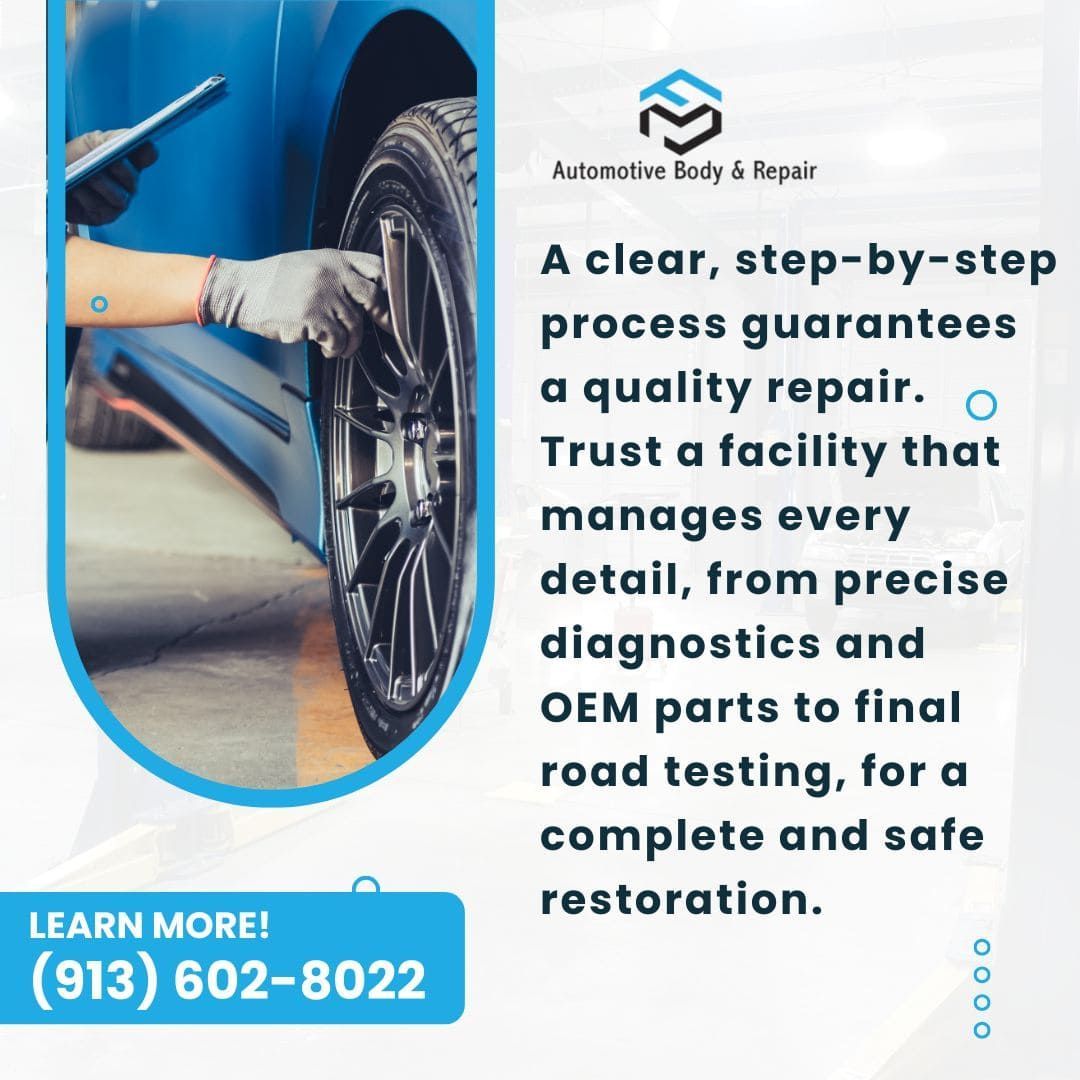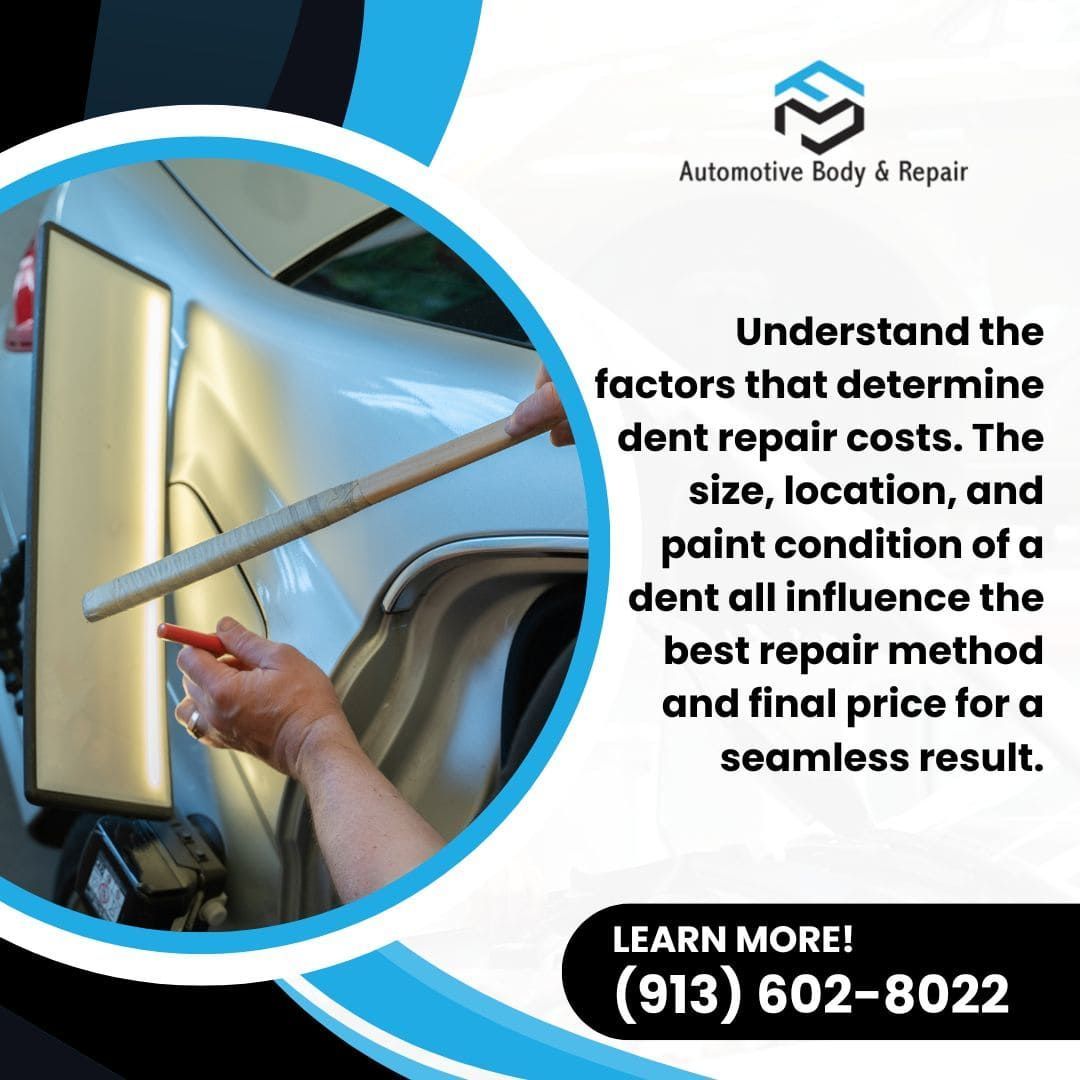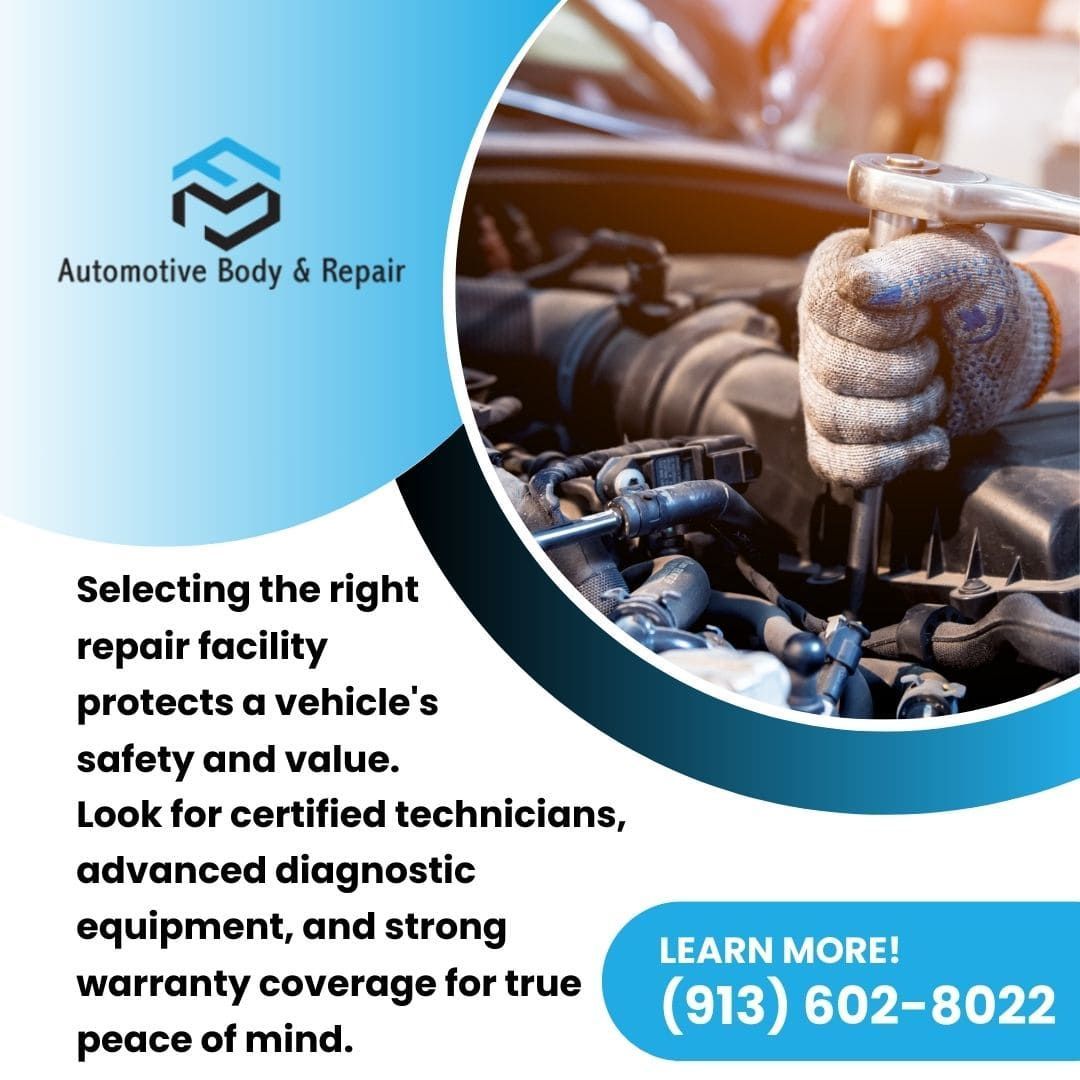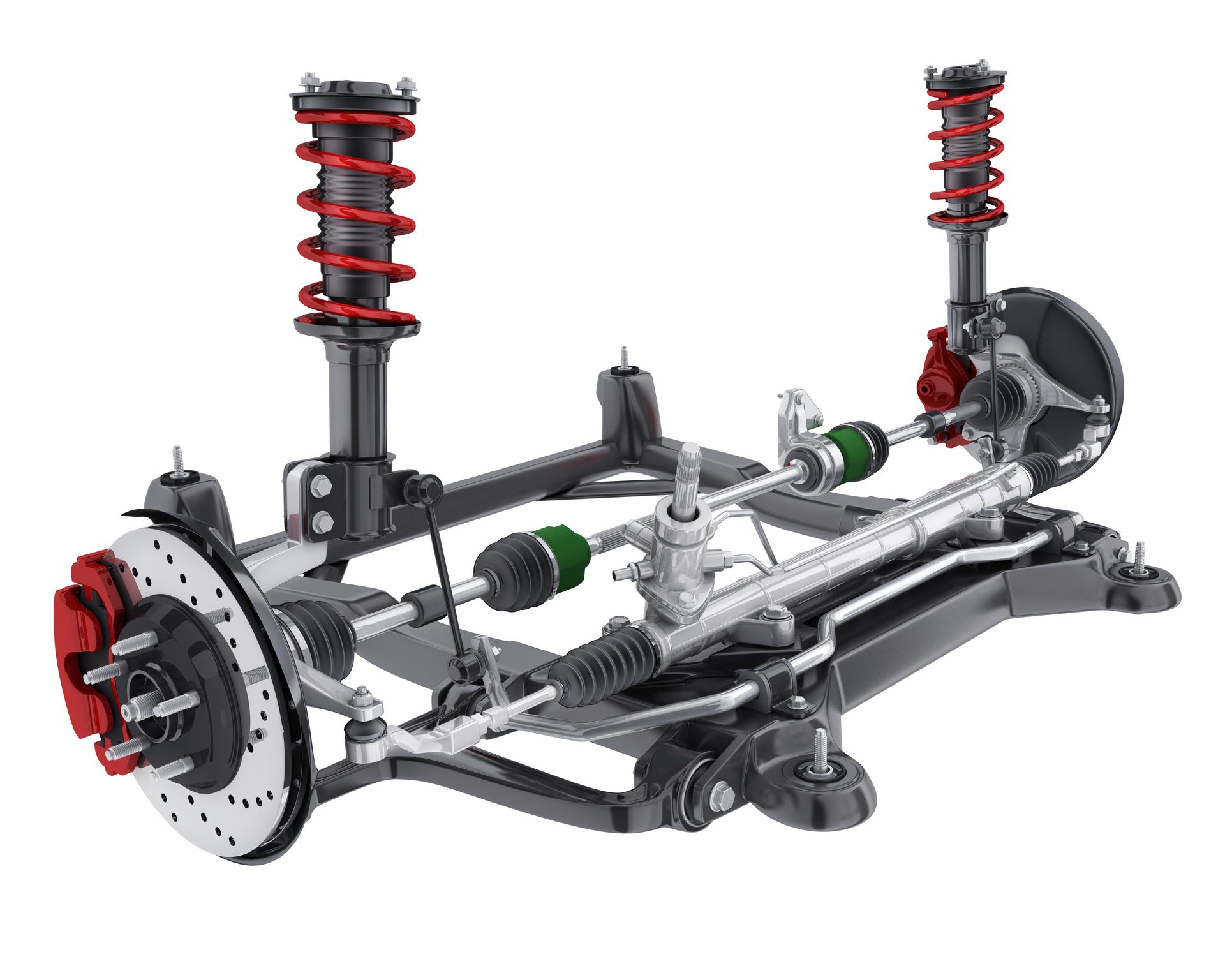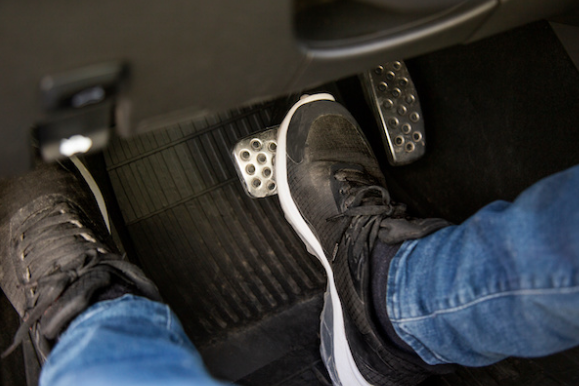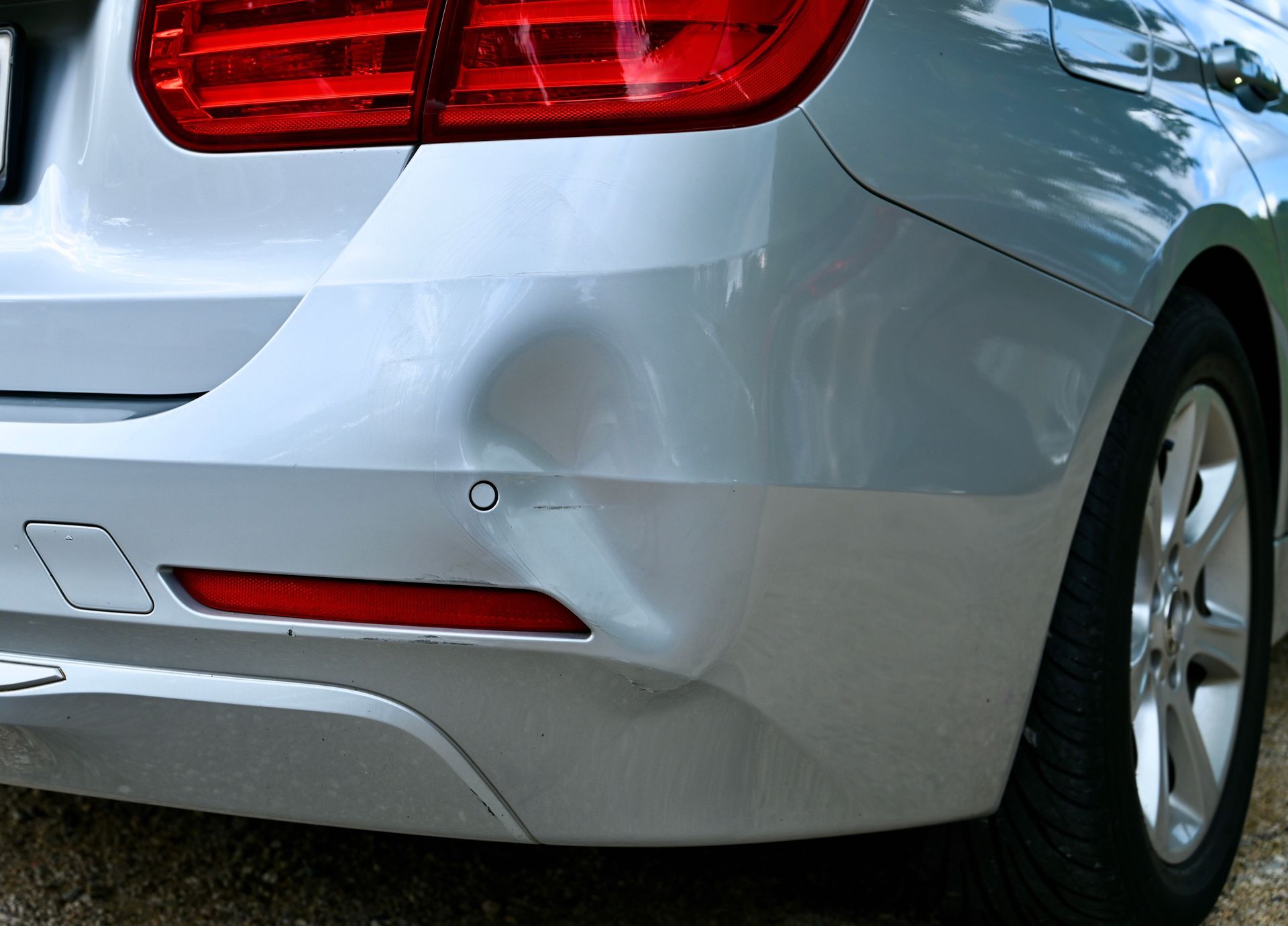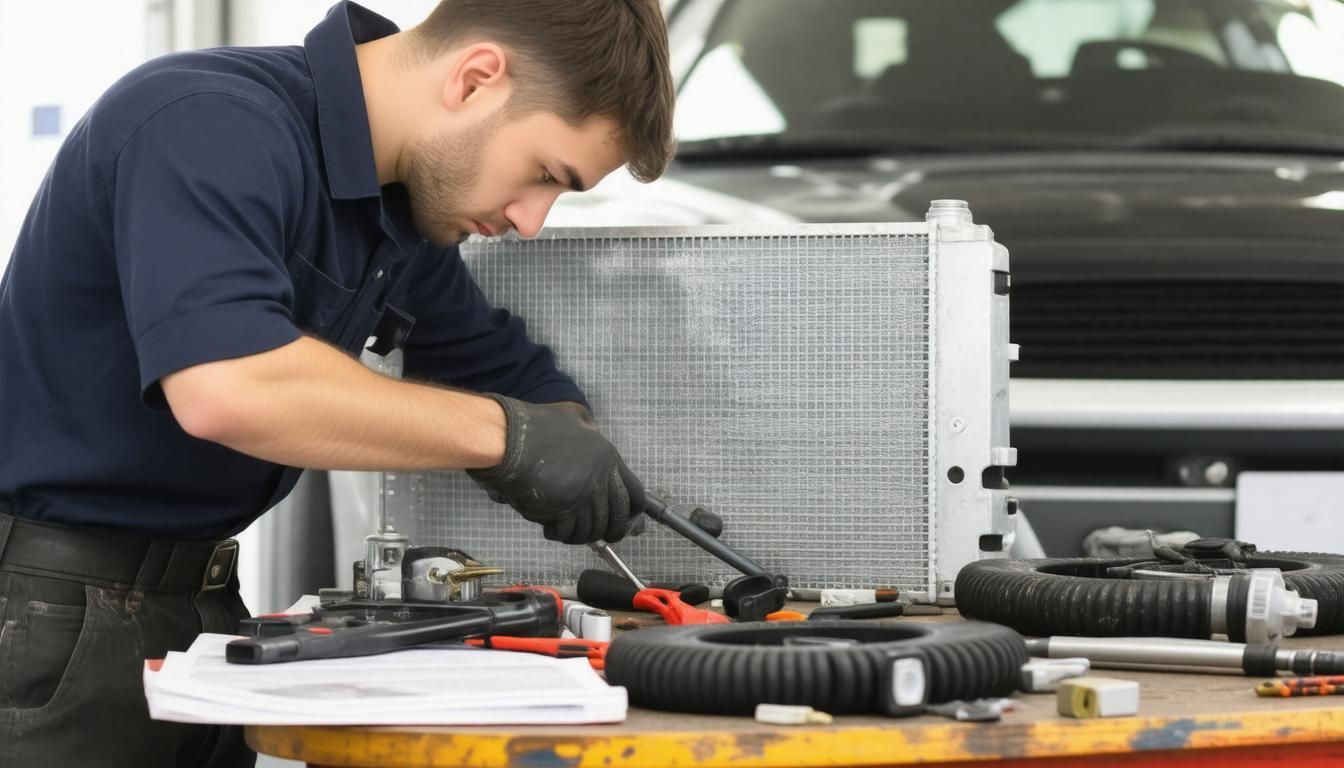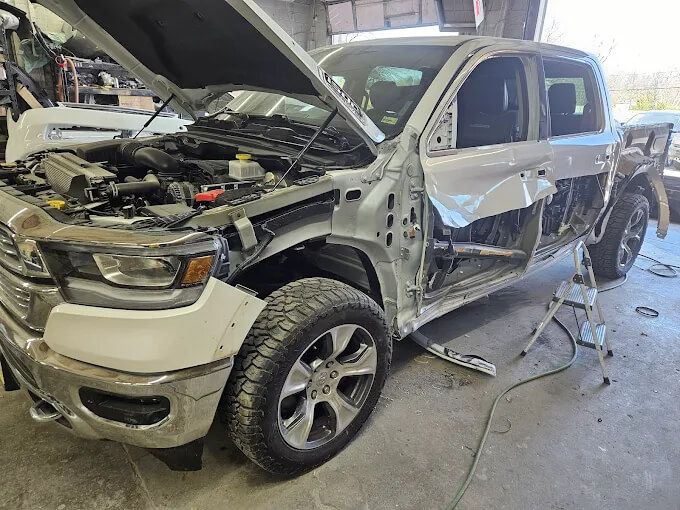Have you ever found yourself staring at a small dent on your car and wondering if it’s worth fixing? You’re not alone. Many car owners face this dilemma, torn between the annoyance of a ding and the cost of repairs. Luckily, there’s a solution called Paintless Dent Repair (PDR) that can help! This article covers PDR's function, benefits, and when it may be right for you and your car. So, let’s get started on discovering how to bring your car back to its former glory!

Overview of Paintless Dent Repair
Paintless Dent Repair (PDR) is a non-invasive technique that provides an efficient solution for removing minor dents from vehicle bodies without resorting to repainting. This method hinges on specialized tools and the skilled hands of experienced technicians, ensuring that the vehicle retains its original paint finish while undergoing repairs. By focusing on subtle reshaping rather than invasive procedures, PDR stands out as a smart choice for maintaining your vehicle's aesthetics and value.
One of the most appealing aspects of PDR is its adaptability. It works best on small dents caused by everyday incidents such as shopping cart mishaps or hail damage. Using unique tools, they carefully manipulate the dent from behind the panel, gradually pushing it back into place without damaging the paint.
The implementation of PDR preserves the vehicle's factory finish and helps prevent any further damage caused by rust and other environmental factors. The longer a dent remains on your car, the greater the risk it poses, especially if left untreated in areas prone to moisture accumulation. With PDR, those risks are significantly mitigated.
Moreover, opting for PDR can often lead to substantial savings. Traditional dent repair methods typically involve expensive materials like paint and fillers, which can add up quickly. The time efficiency associated with this method is another significant benefit; many repairs can be completed within hours, allowing most customers to return their vehicles the same day.
However, while Paintless Dent Repair is effective for several types of damage, it's not suitable for every situation. Larger dents or those accompanied by cracked paint or severe structural issues may require more extensive repairs through conventional means. Thus, it’s essential to consult with a trained technician who can assess the extent of the damage and recommend the best course of action.
Vehicle Areas Suitable for Repair
The effectiveness of Paintless Dent Repair (PDR) largely hinges on the location and condition of the dent. When assessing potential areas for PDR, consider which parts of your vehicle can sustain this method without compromising the original paint or structure.
Body Panels
Generally, body panels are the champions of PDR. Specific components such as doors, hoods, and roofs often respond exceptionally well to treatment. This is primarily because these areas are typically flat or only slightly curved, making it easier for technicians to manipulate the metal back into its original shape.
For example, if a minor door ding appears from a careless shopping cart or accidental bump, and there’s no paint damage, chances are excellent that PDR can restore it seamlessly.
Curved Surfaces
When it comes to curved surfaces like fenders, PDR can still be effective, but it demands a slightly higher skill level from the technician. These areas require finesse as they must maintain their contoured shape while being repaired. If you've ever admired a sleek car at a show, you'll know how important those curves are—they’re not just aesthetics; they're part of the vehicle's design integrity. Thus, working on these sections can be a delicate dance between repair and preservation.
Plastic Bumpers
As for plastic bumpers, they are an unusual obstacle. While some minor dents in plastic can indeed be treated with this method, bear in mind that if they become severely deformed, traditional repair techniques might yield better results. Plastic tends to have less "memory" than metal; once it's bent out of shape too far, getting it back to normal can take more than just careful manipulation. Consequently, while there’s a chance for success with minor defects, expect limitations if the damage is significant or deeply ingrained.
By recognizing these vehicle zones—body panels, curved surfaces, and plastic bumpers—you’ll feel more empowered when considering whether PDR is right for your situation.
Step-by-Step Repair Process
I. Initial Assessment
At F & M Automotive Body & Repair, the Paintless Dent Repair (PDR) process begins with a detailed inspection. Our expert technicians evaluate the damage to determine if PDR is suitable, considering factors such as the size, depth, and location of the dent, as well as the condition of the paint. If the paint is intact and the dent is accessible, we move forward with confidence in the repair plan.
II. Vehicle Preparation
Once PDR is confirmed, we thoroughly clean the affected area to eliminate dust and debris. Our technicians may also remove interior panels, trim, or lights to ensure clear access to the backside of the dent. Proper preparation is key to achieving precise and lasting results.
III. Dent Removal
In this critical phase, our skilled team uses specialized tools and proven techniques to carefully massage the dented metal back into its original form. Whether working from the center or along the edges, each technician applies years of hands-on experience to restore the panel without disturbing the factory finish.
IV. Final Inspection and Cleanup
After the dent is removed, we complete a comprehensive inspection to ensure a flawless finish. Any disassembled parts are reinstalled, and the area is cleaned to restore the vehicle’s appearance. At F & M Automotive Body & Repair, we take pride in returning your vehicle to pre-damage condition while preserving its original paint.
Selecting a Specialist
Choosing the right technician for Paintless Dent Repair (PDR) is akin to finding a skilled artisan; it's all about craftsmanship and trust. When seeking someone to tackle your vehicle's dents, consider beginning with certifications. Technicians certified by reputable institutions, such as the National Institute for Automotive Service Excellence (ASE), have demonstrated a level of skill and knowledge that can significantly influence the quality of work you receive. Their training goes beyond basic techniques, encompassing a deeper understanding of auto care and repair, which is essential in ensuring your car retains its integrity during the PDR process.
However, certifications alone don't tell the full story. Look for technicians who bring a wealth of experience to the table—those who have spent years honing their craft will likely yield better results than those who are just starting out. Satisfied clients at F & M Auto Body Repair frequently highlight their confidence in experienced technicians through positive reviews. They appreciate how the craftsmanship reflected in the finished product gives them peace of mind knowing their car is in capable hands.
Beyond credentials and experience, visuals matter. Always request before-and-after photos of previous works from potential specialists. These images provide visual evidence of their skill in PDR and allow you to assess the effectiveness of their techniques firsthand.
Customer testimonials play an equally important role in your decision-making process. They not only reflect clients' satisfaction but also reveal insights about the technician's approach to service, timeliness, and professionalism. A technician who communicates openly and provides thorough explanations during consultations often signifies someone who values transparency—a crucial trait when trusting someone with your vehicle.
Remember, your vehicle isn’t just a means of transportation; it's an investment. Ensuring it is tended to by a qualified expert can not only preserve its aesthetic appeal but also maintain its resale value.
Costs Associated with Repair
Understanding the cost structure of Paintless Dent Repair (PDR) is crucial for individuals seeking to restore their vehicle without incurring significant expenses. On average, you can expect PDR costs to range from $75 to $150 per dent. However, this price tag is heavily influenced by factors such as the dent's size, location, and complexity. For instance, larger or more intricate dents could set you back upwards of $500. This variability is a crucial factor to keep in mind when budgeting for repairs.
Comparatively, traditional methods often involve extensive work, including sanding, applying body filler, and repainting. Such approaches can see costs soar between $300 to $1000 for damage equivalent in severity to what PDR addresses. This added expense generally comes with a trade-off of taking significantly longer—often requiring days instead of hours.
Ultimately, while the upfront cost may come into play when navigating your repair options, the long-term benefits of Paintless Dent Repair position it as a financially savvy choice that balances effectiveness with efficiency—all without compromising your vehicle's integrity!
Get Lasting Results with Paintless Dent Repair (PDR)
Paintless Dent Repair (PDR) is a fast and reliable way to fix dents without needing major bodywork or repainting. It saves time, keeps your vehicle’s original finish, and often costs less than traditional repairs. At
F & M Automotive Body & Repair, we use trusted PDR techniques to restore your car’s look with care and precision. Our team is trained to handle dents of all sizes, helping you maintain your vehicle’s value. If you're unsure whether PDR is right for your damage, we're happy to take a look and explain your options. Visit us today at
6400 Carter Ave. #100, Merriam, KS, 66203 and
schedule an appointment, or call us at
913-578-0839 to learn more about how Paintless Dent Repair (PDR) can work for your car!
